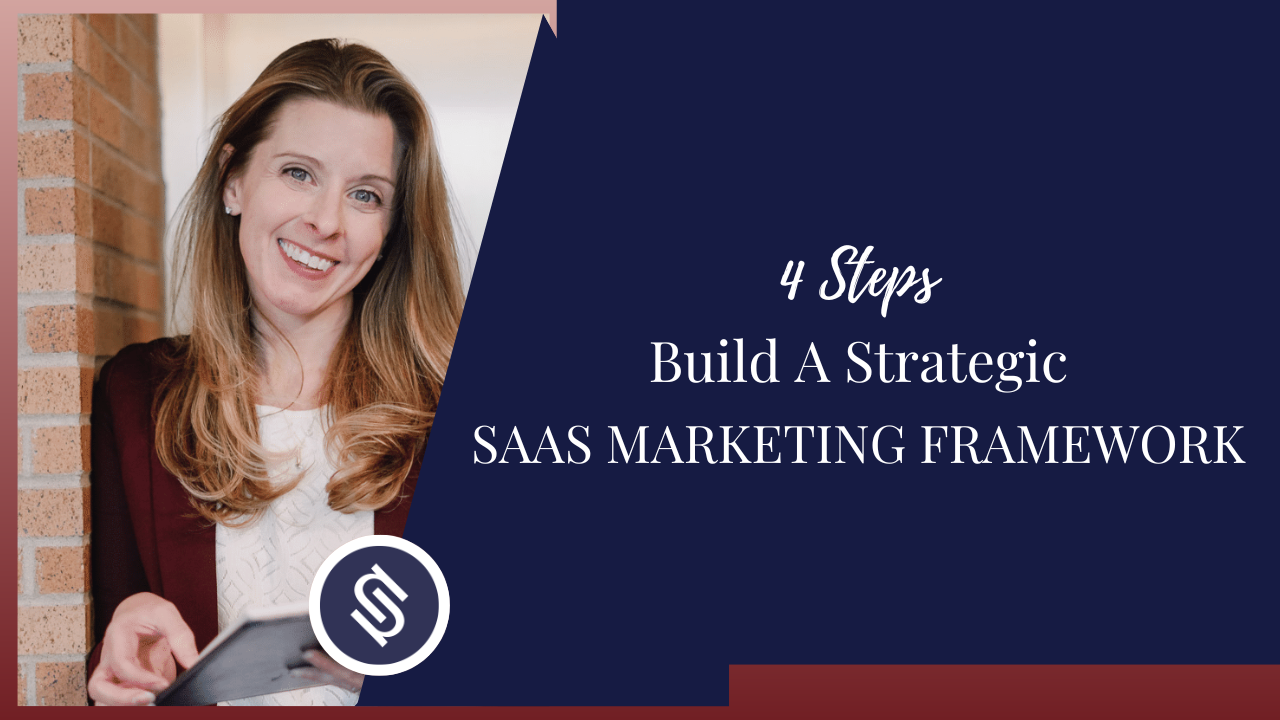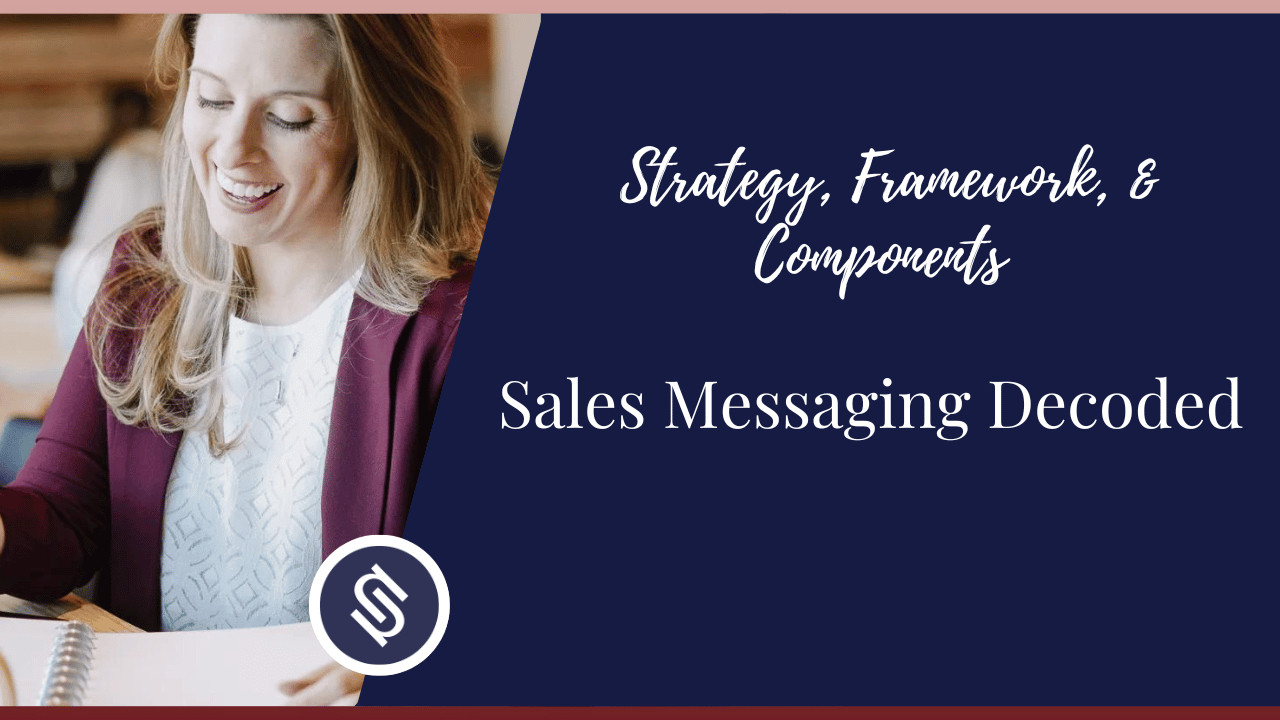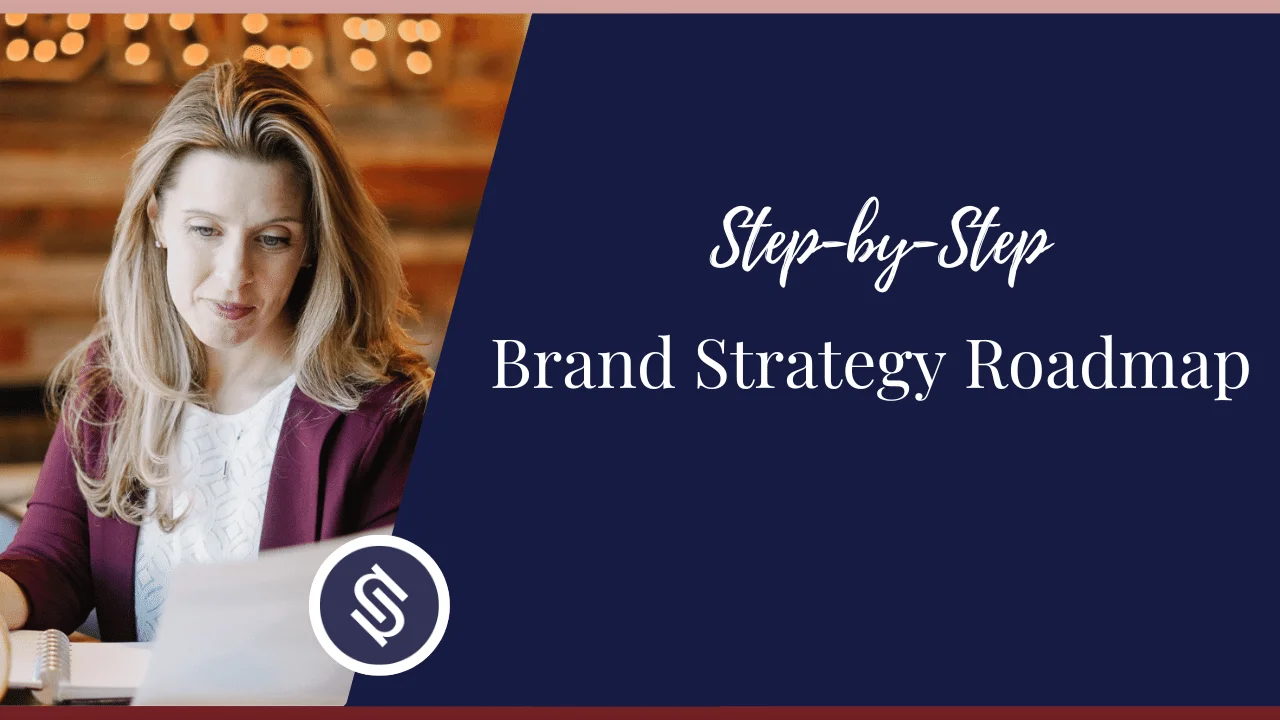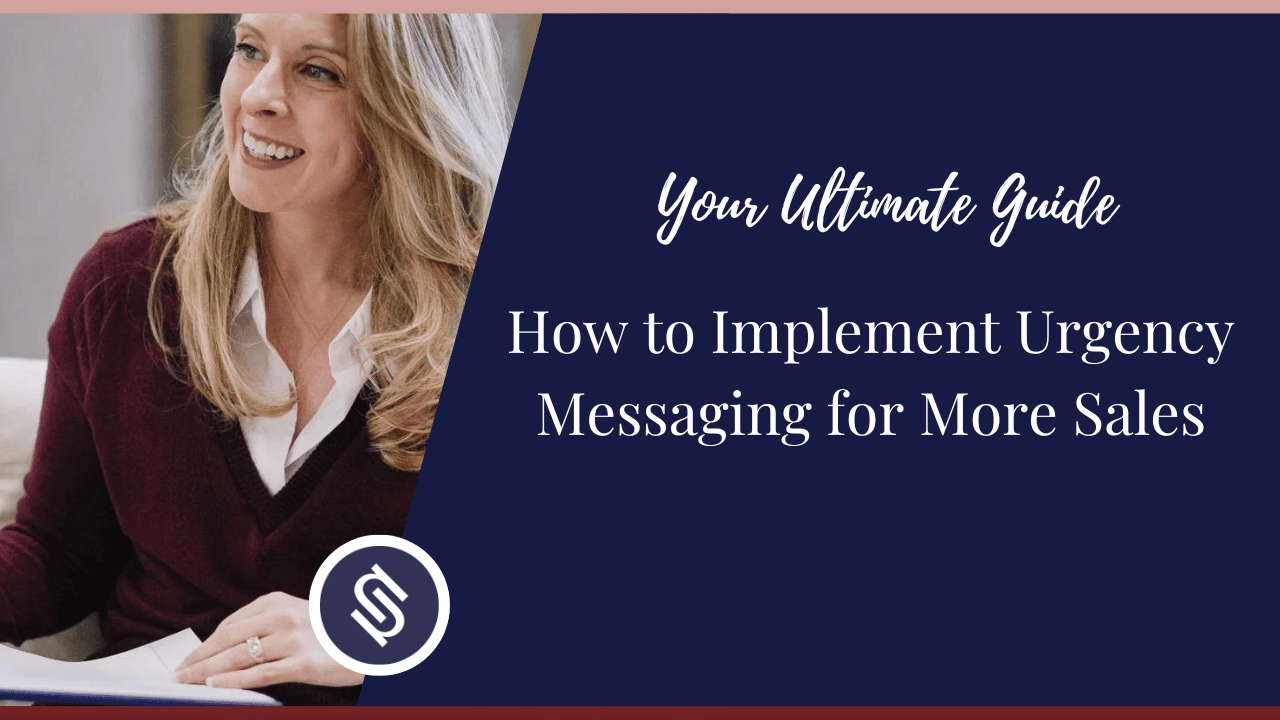Messaging plays a pivotal role in attracting and converting prospects. In fact, on average, B2B buyers engage with 13 pieces of content before making a purchase decision.
So, there’s never been a better time to develop your business’s messaging and content strategy to define and address your target audience’s specific pain points or needs. That’s where a SaaS messaging framework can help.
In this blog, we’ll take some time to better understand SaaS messaging frameworks and their application in overall brand voice. Plus, we’ll also discover how I, Nora Sudduth, can help you better define your output.
How Does a SaaS Messaging Framework Differ From Others?
A SaaS messaging framework is centered around crafting your product’s unique value propositions (UVPs) based on solutions to your audience’s problems.
SaaS messaging uses this pains vs. gains approach to resonate specifically with your target customer as much as possible across all areas of your content.
From website copy to social posts, your messaging should speak to your ideal customer/client profiles (ICP). It should demand their attention and solve their problems before converting them to buyers.
ConversionRX takes a similar approach by reviewing your business’s messaging and defining how to tweak your process to improve lead generation. The main difference is my process focuses on specific marketing campaigns rather than a whole business messaging view.
On the other hand, standard messaging features a more generalist approach based on brand tone and identity. It focuses on your business’s specific wording to attract your audience.

What is a Strategic SaaS Messaging Framework?
Strategic SaaS messaging frameworks should form the foundation for your marketing content. The three core elements of this framework are positioning, messaging, and your ICP.
A strategic approach to B2B messaging ensures you speak directly to your audience on every platform.
To that end, the best messaging framework examples include markers across locations like:
- Websites
- Social media
- Blogs
- Emails
- Sales decks
- Onboarding documentation
- Products
When you include these business areas in your messaging framework, you ensure that everyone, from your target market to new employees, sees how your product makes life easier. It also means that sales and marketing aren’t kept in silos.
Positioning vs. Messaging
It’s important to consider positioning and messaging as two connected elements rather than separate entities. Like a flower in your garden, positioning is the strong stem propping up your messaging, acting as eye-catching petals.
Positioning is an internalized view of your business’s placement in the market. What does your product do? Who does it help? And why should your target audience choose you?
Meanwhile, messaging is how you take that view of your business offering and share it with the world via feature benefits backed up by social proof or peer reviews.
Why is a Messaging Framework Important for Businesses?
According to recent research by Exploding Topics, more than 30,000 SaaS businesses across the US are servicing around 54 billion customers.
So, getting your voice heard and differentiating yourself from the competition can be difficult. But without a clear messaging framework, reaching and engaging with target demographics is almost impossible.
With that in mind, how do you create a practical SaaS messaging framework?

Key Components of a SaaS Messaging Framework
As we’ve alluded to, there are four core components to getting your approach right in the world of potent SaaS messaging.
- Defining your target market
- Competitor research
- Outlining your UVPs
- Audience pain points
Target Market and Ideal Customer Profile (ICP)
Understanding your audience and their feelings is imperative for cutting through. One way to clearly define this intelligence is to create buyer personas.
Buyer personas are profiles you create to reflect your ideal client. To do this, you can focus on standard information like their age, role, responsibilities, and the number of direct reports they have.
But you can also get more granular and use customer research to define:
- What’s important to them in the hunt for suppliers?
- What are their needs?
- Which brands are they using currently?
- How do they interact with suppliers and clients?
If you need help defining your audience, my Prospect Clarity FiniSprint can help you characterize what your audience wants.
Competitive Landscape
When you have a better idea of who you are talking to, you must understand who else is speaking.
Look at your competitors and define who they are and what they’re doing. It pays to enter this stage of analysis with an open outlook. Define what they do well and what could be improved.
Additionally, this is your business’s opportunity to view the messaging already out there and avoid hitting the same notes. The save time, save money, boost revenues, and reduce costs trope is already taken – by everyone.

Product and its Unique Value Proposition (UVP)
Value proposition should encapsulate your brand. Understand and define what makes your platform or product unique in the marketplace.
Of course, customer research is crucial for sculpting your product’s benefits-that’s why it exists, after all. But you can also use your competitors to overview value proposition.
To effectively leverage your competition when asserting your UVP, you need to define your POPs, POIs, and PODs:
- Points of Parity (POPs): These are features that you share with your competitors. They are standard offerings that your audience wants but don’t set you apart.
- Points of Irrelevance(POIs): Are there elements you offer that your prospects aren’t interested in?
- Points of Difference(PODs): Features of your platform that are important to your audience but your competitors don’t offer.
Pains, Claims, and Gains
Instead of thinking about your platform or products regarding features and deliverables, consider solutions to your target audience’s pain points and desires.
Their pains are more client-centric. They consist of fears and dreams. You need to demonstrate that you understand their anxiousness because you think similarly.
However, the “Claims” and “Gains” elements are more routed in brand tone. The challenge with the former is showcasing your unique positioning and how you can help. While the latter highlights why your platform works. Luckily, there’s one way to hit both these markers – social proof.
Social proof is real-world testimonials from existing clients defining exactly how and why your product or brand worked for them. Recent studies show implementing social proof tools can boost conversions by as much as 15%.

How to Build an Effective Messaging Framework
Just like when defining the core elements of B2B messaging, building an effective messaging strategy should develop as a result of considered research, customer insights, competitive analysis, and solution offerings.
Gather Real-world Insights from your ICPs
Getting to know your audience is crucial to any messaging framework. However, when it comes to B2B SaaS messaging, it’s vital to get more granular in your analysis.
Define who your ICPs are, but then go one step further to answer questions like:
- What are their most infuriating pain points?
- What goals do they have, and what progress have they made?
- How can they begin/continue that progress?
- How do they normally enter the market for suppliers/vendors?
- Do they have any doubts about their customer journey?
Conduct Voice-of-Customer Research to Enhance Semantics
Once you have defined their pains and aspirations, you must craft your messaging to speak to them specifically. Get emotive and nail down the language that makes them tick.
Conduct a deep dive into their comms.
What language do they use?
Alongside this external approach, go one stage further and run a survey asking them the above questions.
How do they answer?
You can then use extracts from their responses in your messaging to speak directly to their pains, anxieties, passions, or concerns.
One further step is to then create a brand lexicon. This can be a simple spreadsheet that defines the terms you’ll use to address certain emotions in your prospects.
Perform Competitive Analysis to Identify Differentiators
Go to the marketplace and define what sets your platform or service apart from the existing solutions.
Define the offerings from each competitor and list the commonalities and differences between you and the rest of the market. Then, go deeper by assessing how they communicate their UVPs. What language and tone do they use to cut through?
Build Your Messaging Around Solutions, Not Features
When finally building out your messaging, it pays to refer back to these five metrics for tonal success:
1. Brand: Is your branding in line with the messaging?
2. Clarity: Is your messaging clear? Can customers understand your offering?
3. Relevance: Have you managed to address their challenges or fears memorably?
4. Differentiation: Do you clearly define what makes you different or the best option?
5. Value: Does your messaging compel them to act?
The best way to define whether you have hit these markers is to ask your audience. Run and survey and get feedback from prospects. Industry events can be perfect for getting this candid feedback.

Frequently Asked Questions (FAQs)
Here are some frequently asked questions about SaaS messaging frameworks.
What is a Key Message Framework?
A key messaging framework clearly defines what your business does and who they do it for. This should form part of your wide messaging strategy to be present across your prospect touchpoints.
What are Some Messaging Framework Examples?
Examples of strong messaging frameworks should include information such as:
| Product/Platform | Define the Specific Product Selection |
|---|---|
| Target audience (ICP) | Who are you talking to - enter your buyer persona |
| ICP pain points | What are their most infuriating pain points? What goals do they have, and what progress have they made? How can they begin/continue that progress? How do they usually enter the market for suppliers/vendors? Do they have any doubts about their customer journey? |
| Value proposition | How do your UVPs speak to your prospect’s pain points? |
| Keywords for content | Add emotive keywords that will resonate with prospects based on research. |
What Role Does Brand Voice Play in a Messaging Framework?
Brand voice does play an important role across your messaging framework. Your brand voice should define the tone and language of your business across your marketing stack. Your tone should be unique to your business but curated with your target ICPs in mind.
What’s the Difference Between SaaS Messaging for B2B and B2C?
SaaS messaging for B2B audiences should be more tailored around business value and lead generation, while B2C frameworks are more defined by the personal benefits of the product.
Conclusion
Building a practical SaaS messaging framework for your business is crucial for driving leads, improving conversion, growing your audience, and better defining your brand voice in-house and externally.
However, the very best messaging frameworks are curated on a foundation of strong customer/client and competitor research. It pays to know who you’re talking to and who else could be in the conversation and why.
Book your free 20-minute discovery call today, and let’s get you on the path to better messaging and more leads.







